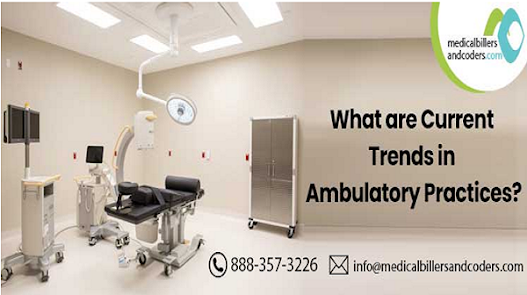Dermatology Year-End Billing Challenges: Why Revenue Drops and How Outsourcing Protects Practices

Top Year-End Billing Pain Points Dermatology practices face some of the most complicated coding and reimbursement issues at the end of the year. Seasonal appointment spikes put additional pressure on billing teams struggling with: Declining reimbursements for common procedures such as biopsies, lesion excisions, cryotherapy, and Mohs services Payer-to-payer coding variability, especially on pathology-linked services Bundling disputes where multiple procedures performed in the same session are denied due to improper modifier usage Cosmetic vs. medical necessity confusion, leading to denials when documentation doesn’t clearly justify why a lesion needed removal Increased scrutiny on skin cancer—related services due to rising utilization These persistent challenges often leave dermatologists with more unpaid claims, lost revenue, and rising patient AR at year-end. What Practices Are Doing Right Now To reduce claim rejections before the year ends, most dermatology practices are: Re-trainin...




